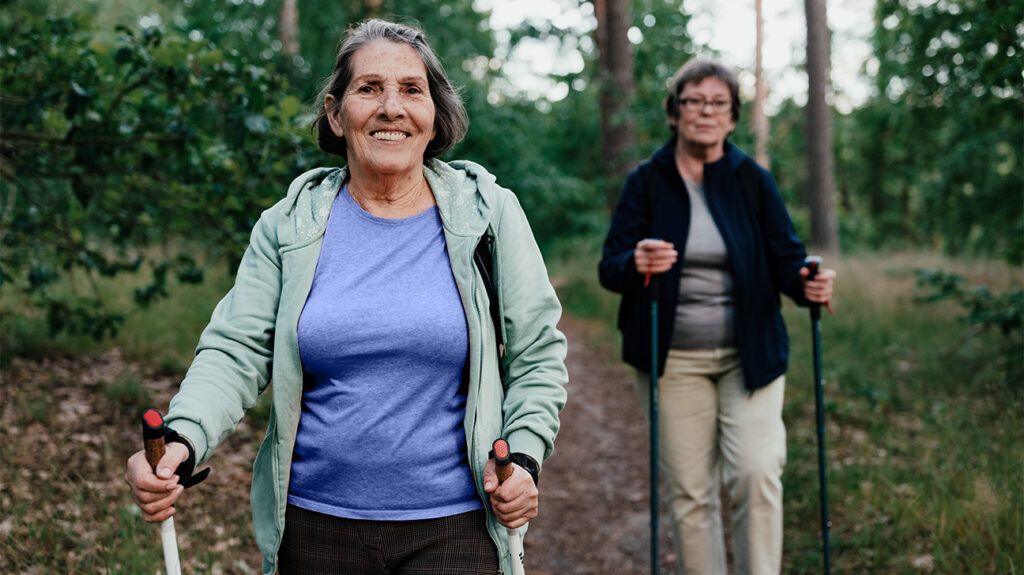Rethinking Ice Baths: Could Cold Exposure Hinder Muscle Growth?

Emerging research suggests that routine ice baths may slow muscle growth by impeding blood flow and nutrient delivery post-exercise. Timing and temperature are key to balancing recovery and muscle development.
Ice baths have become a staple in modern fitness routines. Athletes and fitness enthusiasts often immerse themselves in cold water after workouts, aiming to reduce soreness, decrease inflammation, and speed up recovery. However, emerging research from Maastricht University suggests that this popular practice might have unintended consequences for muscle development.
When an individual submerges in an ice bath, the cold causes blood vessels to constrict—a process known as vasoconstriction. This constriction limits blood flow, which is crucial for delivering nutrients such as amino acids and oxygen to the muscles. While this process may help diminish swelling and relieve soreness, it also hampers the removal of metabolic waste products. Importantly, the inflammation experienced after intense exercise—often perceived as soreness—is actually part of the muscle repair and building process.
The recent study involved twelve healthy young men performing strength exercises on one leg, followed by immersion of that leg in 8°C water for 20 minutes, while the other leg remained in 30°C water as a control. The findings revealed a significant reduction in blood flow—approximately 60%—in the cold-exposed leg immediately afterward. Even three hours post-exercise, blood flow remained lower in the cold-immersed muscle, leading to decreased delivery of vital nutrients like amino acids.
This nutrient deficit can translate into slower muscle protein synthesis, the process underpinning muscle growth. During strength training, increased blood flow, or hyperemia, facilitates the transport of nutrients necessary for recovery and hypertrophy. Cold therapy impairs this response by narrowing blood vessels, thus limiting the influx of nutrients and slowing down muscle repair.
Furthermore, inflammation triggers immune responses that activate repair cells and cytokines—chemical signals essential for muscle adaptation. Rapid cooling of muscles post-exercise can suppress these signals, potentially delaying recovery and reducing muscle gains over time.
To optimize recovery without compromising muscle growth, researchers recommend delaying ice baths for at least an hour after training. Using milder cold water temperatures (around 15°C) may help balance soreness relief with minimized impact on blood flow. Additionally, limiting the frequency of cold immersion—such as avoiding daily ice baths—can prevent interference with muscle development.
While ice baths might be ideal for quick recovery during competitions or heavy training periods, their routine use should be reconsidered if muscle hypertrophy is a primary goal. More research is needed, especially among diverse populations like women and older adults, to fully understand the long-term effects of cold exposure on muscle adaptation.
In conclusion, while cold therapy can aid in soreness relief, athletes aiming for muscle growth should carefully time and temper its use to avoid hampering the very processes that facilitate muscle building. Prioritizing timing, temperature, and frequency of cold exposure can help align recovery strategies with individual training goals.
Stay Updated with Mia's Feed
Get the latest health & wellness insights delivered straight to your inbox.
Related Articles
Reevaluating the Beep Test: Outdated Fitness Assessment or Still Relevant?
The beep test remains a widely used, practical assessment of aerobic fitness for groups, despite its limitations. Learn whether it still holds value in modern fitness evaluation.
Starting Exercise Earlier in the Day and Maintaining Consistency Improves Heart Health in Aging Adults
Discover how exercising early in the day and maintaining consistency can enhance heart and lung health in older adults, supported by recent scientific studies.



